Introduction
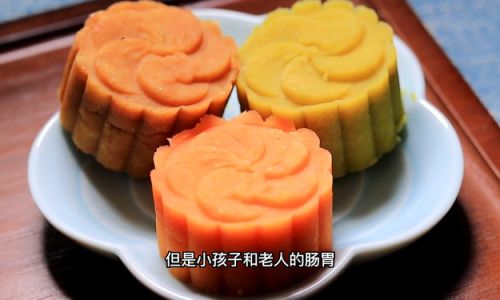
Mung bean cake, a traditional dessert hailing from various Asian cultures, particularly China and Southeast Asia, is renowned for its delicate sweetness, soft texture, and refreshing taste. This dessert is not only a delight to the palate but also offers numerous health benefits due to the nutritional properties of mung beans. However, achieving the perfect balance of flavor and texture in mung bean cake can be challenging, especially in ensuring it remains delicious without becoming greasy or overly sweet. This comprehensive guide will delve into the intricacies of making mung bean cake, offering tips and techniques to ensure your final product is both scrumptious and refreshing.
Understanding Mung Beans: The Foundation of Mung Bean Cake
Before diving into the recipe, it’s crucial to understand the star ingredient: mung beans. Mung beans (Vigna radiata), also known as green grams or moong beans, are small, greenish-yellow legumes that are packed with nutrients. They are rich in protein, fiber, vitamins, and minerals, making them an excellent choice for a healthy dessert. When cooked, mung beans transform into a creamy, smooth paste that is the base for mung bean cake.
Selecting and Preparing Mung Beans
-
Choosing the Right Beans: Start by selecting high-quality mung beans. Look for beans that are uniformly green, free from discoloration, and have a fresh aroma. Avoid beans that are cracked, discolored, or have an off-smell, as these may indicate poor storage conditions or old stock.
-
Soaking: Soaking mung beans overnight or for at least 6-8 hours can significantly reduce cooking time and improve the texture of the final cake. Soaking helps soften the beans, making them easier to blend into a smooth paste.
-
Rinsing: After soaking, rinse the beans thoroughly under cold running water to remove any impurities or surface starch that may cause the cake to become sticky or greasy.
The Art of Cooking Mung Beans
-
Boiling: Place the soaked and rinsed mung beans in a pot with enough water to cover them by about an inch. Bring the water to a boil, then reduce the heat to low and simmer until the beans are tender and have absorbed most of the liquid. This can take anywhere from 30 minutes to an hour, depending on the beans’ freshness and soaking time.
-
Mashing or Blending: Once cooked, you can either mash the beans with a fork or potato masher for a rustic texture or blend them in a food processor for a smoother paste. For a creamier consistency, you can also push the cooked beans through a sieve.
Adding Flavor and Texture
-
Sweeteners: The traditional sweetener for mung bean cake is sugar, but you can experiment with other options to suit your taste preferences and dietary needs. Honey, maple syrup, or agave nectar can add a natural sweetness and a hint of flavor. For a lower-calorie option, consider using a sugar substitute like stevia or monk fruit extract.
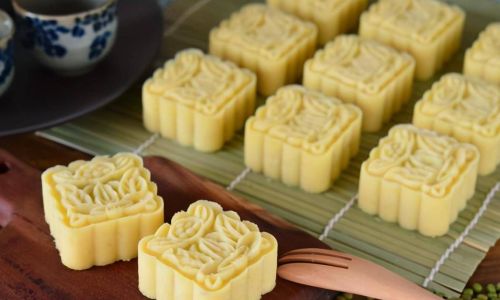
-
Oils and Fats: While some recipes call for the addition of oil or butter to enhance the moisture and texture of the cake, too much can make it greasy. A small amount of vegetable oil, coconut oil, or even melted butter can be used sparingly to ensure the cake remains moist without being overly fatty. Alternatively, you can use a silicone baking mat or parchment paper to line your baking dish, reducing the need for extra fat.
-
Aromatics and Extracts: Incorporating aromatic ingredients like pandan leaves, vanilla extract, or even a touch of rosewater can elevate the flavor profile of your mung bean cake. These ingredients add complexity and depth without overpowering the delicate bean flavor.
-
Texture Enhancers: To keep the cake light and airy, consider folding in whipped cream, coconut milk, or even a bit of mashed potatoes (for a gluten-free option) to the mung bean paste. These ingredients will help create a fluffy texture that contrasts beautifully with the dense bean base.
Recipes and Techniques for a Perfect Mung Bean Cake
Classic Mung Bean Cake Recipe
Ingredients:
- 2 cups soaked and cooked mung beans
- 1/2 cup granulated sugar (or your preferred sweetener)
- 2 tablespoons vegetable oil (or melted butter)
- 1 teaspoon vanilla extract
- 1/4 teaspoon salt
- 1 pandan leaf (knotted), optional
- 1/2 cup water or coconut milk (for blending, if needed)
- 1/4 cup chopped nuts or dried fruit (optional, for garnish)
Instructions:
-
Prepare the Mung Beans: Cook the soaked mung beans as described earlier. Once cooked, blend them until smooth, adding water or coconut milk as needed to achieve a pourable consistency.
-
Flavor the Paste: In a large mixing bowl, combine the blended mung bean paste with sugar, vegetable oil, vanilla extract, and salt. Mix well until fully incorporated. If using pandan leaf, add it to the mixture and let it steep for about 10 minutes before removing.
-
Steam the Cake: Pour the mixture into a lightly greased or lined steaming dish. Cover with a lid or aluminum foil to prevent condensation from dripping onto the cake. Place the dish in a steamer and steam for about 40-50 minutes, or until the cake is set and firm to the touch.
-
Cool and Serve: Remove the cake from the steamer and let it cool completely before slicing. Garnish with chopped nuts or dried fruit if desired.
Variations and Innovations
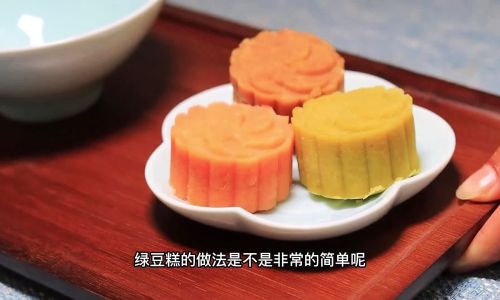
-
Green Tea Mung Bean Cake: Infuse your mung bean paste with matcha green tea powder for a unique and refreshing twist. Add 1-2 teaspoons of matcha powder to the paste before steaming, and adjust the sweetness to taste.
-
Coconut Mung Bean Cake: For a tropical flavor, replace half of the water or coconut milk used for blending with full-fat coconut milk. You can also add shredded coconut or toasted coconut flakes to the top of the cake before steaming.
-
Mango Mung Bean Cake: Incorporate pureed mango into the mung bean paste for a fruity and tangy variation. This pairs wonderfully with a hint of lime zest and a sprinkle of toasted sesame seeds on top.
-
Savory Mung Bean Cake: For a non-traditional approach, try making a savory mung bean cake by omitting the sugar and adding seasonings like soy sauce, garlic powder, and five-spice powder. Top with chopped green onions and sesame seeds for garnish.
Storage and Serving Tips
-
Storage: Mung bean cake can be stored in an airtight container in the refrigerator for up to a week. To maintain its moisture, wrap individual slices in plastic wrap before storing.
-
Reheating: To reheat, place slices on a microwave-safe plate and warm for about 30 seconds to 1 minute, or until heated through. Alternatively, you can steam the slices for a few minutes until they are soft and warm.
-
Serving Suggestions: Serve mung bean cake chilled or at room temperature. It pairs well with a cup of tea or coffee and can be enjoyed as a snack, dessert, or even breakfast. For a more indulgent treat, drizzle with honey or a light syrup and top with fresh fruit or whipped cream.
Conclusion
Crafting a delicious and refreshing mung bean cake that is not greasy requires attention to detail, careful selection of ingredients, and a bit of creativity. By following the tips and techniques outlined in this guide, you can create a mung bean cake that is not only a feast for the senses but also a nutritious and satisfying treat. Whether you stick to the classic recipe or explore innovative variations, the key to success lies in balancing sweetness, texture, and flavor to create a truly memorable dessert experience. Happy baking!
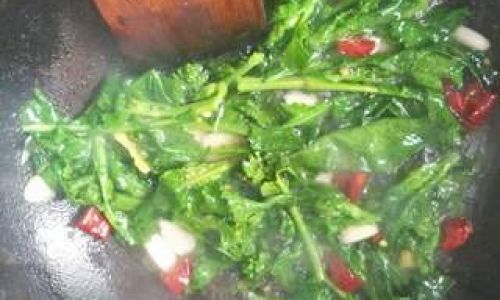
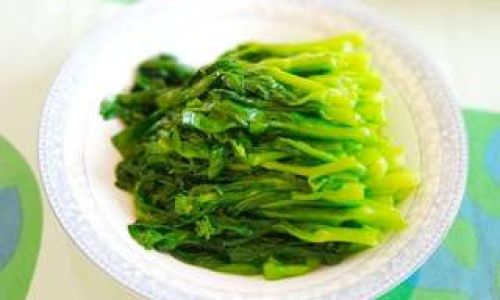
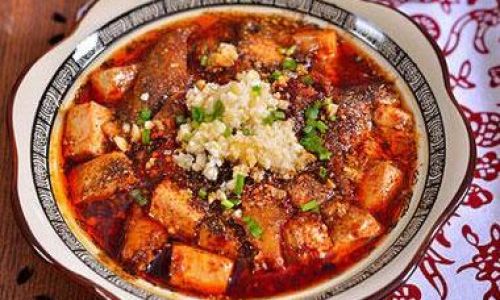

0 comments